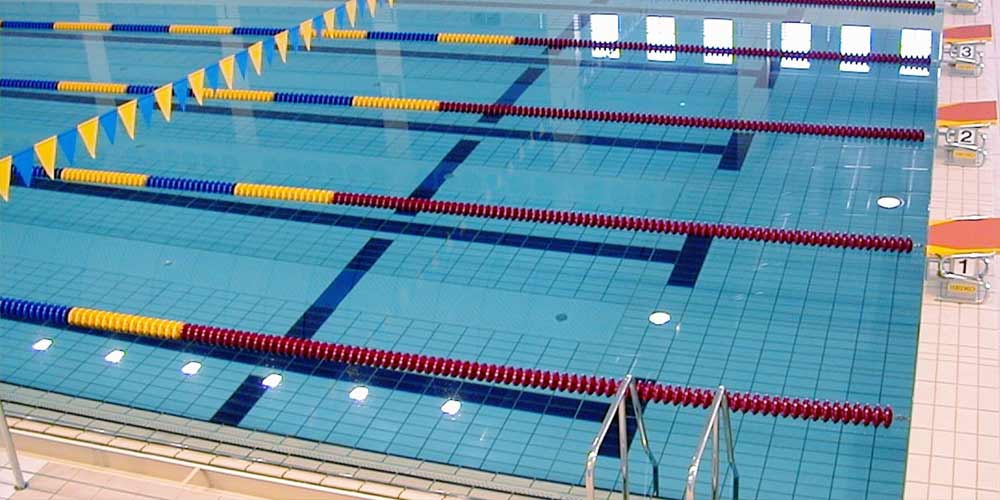The most common sanitizer used in swimming pools is chlorine. Chlorine is a chemical compound widely employed to disinfect water and maintain a safe and hygienic swimming environment. Its efficacy in killing bacteria, viruses, and other microorganisms makes it the preferred choice for pool sanitation worldwide.
Chlorine works by releasing free chlorine into the water, which then react with and neutralize harmful contaminants. This process effectively eliminates bacteria, algae, and other pathogens, preventing the spread of waterborne illnesses and ensuring the pool remains clean and safe for swimmers.
There are different forms of chlorine used in swimming pool sanitation, including liquid chlorine, and chlorine tablets, granules and powder. Each form has its advantages and is applied based on factors such as pool size, water chemistry, and the preferences of pool operators.
Chlorine tablets (or powder\granules) are usually composed of TCCA or NADCC and are easy to use (TCCA dissolves slower and NADCC dissolves faster). TCCA can be put into a doser or float for use, while NADCC can be put directly into the swimming pool or dissolved in a bucket and poured directly into the swimming pool, gradually releasing chlorine into the pool water over time. This method is popular among pool owners looking for a low-maintenance sanitation solution.
Liquid chlorine, often in the form of sodium hypochlorite, is a more user-friendly option. It is commonly used in residential pools and smaller commercial settings. Liquid chlorine is easy to handle and store, making it a popular choice for pool owners who prefer a convenient and effective sanitizing solution. However, the disinfection effectiveness of liquid chlorine is short and has a great impact on the pH value of water quality. And it also contains iron, which will affect water quality. If you are used to liquid chlorine, you can consider using bleaching powder (calcium hypochlorite) instead.
In addition: SWG is a type of chlorine disinfection, but the disadvantage is that the equipment is quite expensive and the one-time investment is relatively high. Because salt is added to the swimming pool, not everyone is used to the smell of salt water. So there will be less daily use.
In addition to using chlorine as a disinfectant, some pool owners may consider other disinfection methods, such as salt water systems and UV (ultraviolet) disinfection. However, UV is not an EPA-approved swimming pool disinfection method, its disinfection efficacy is questionable, and it cannot produce a lasting disinfection effect in the swimming pool.
It is essential for pool operators to regularly test and maintain chlorine levels within the recommended range to ensure effective sanitation without causing irritation to swimmers. Proper water circulation, filtration, and pH control also contribute to a well-maintained swimming pool environment.
In conclusion, chlorine remains the most common and widely accepted sanitizer for swimming pools, offering a reliable and effective method of water disinfection. However, advancements in technology continue to introduce alternative sanitation options that cater to varying preferences and environmental considerations.
Post time: Mar-08-2024

